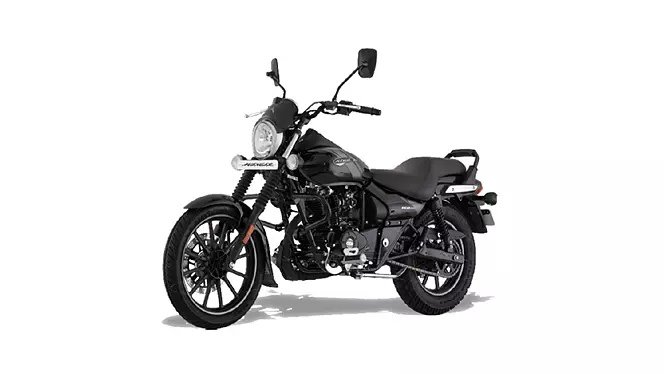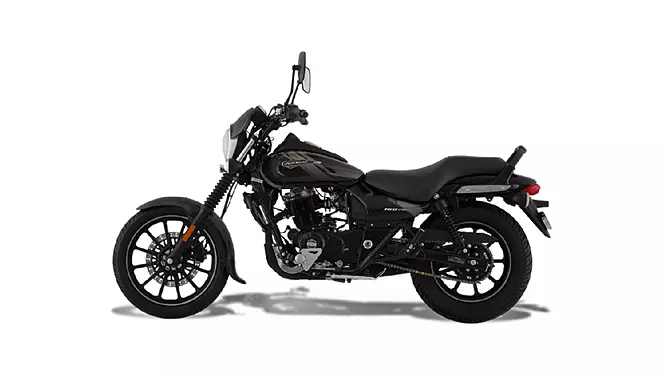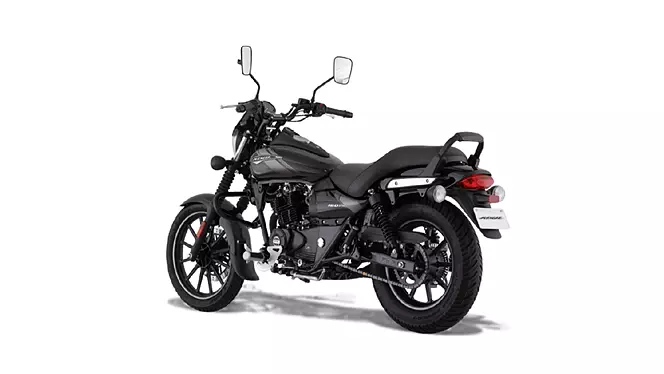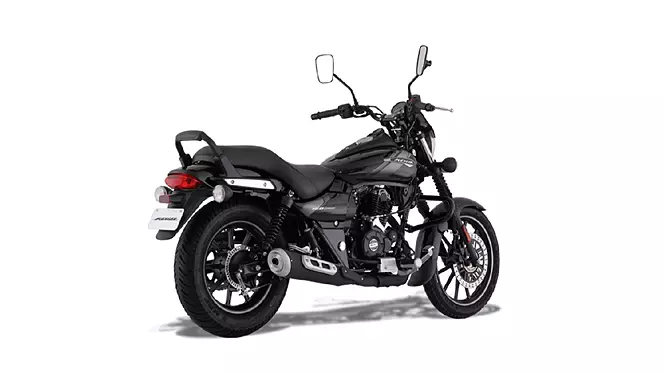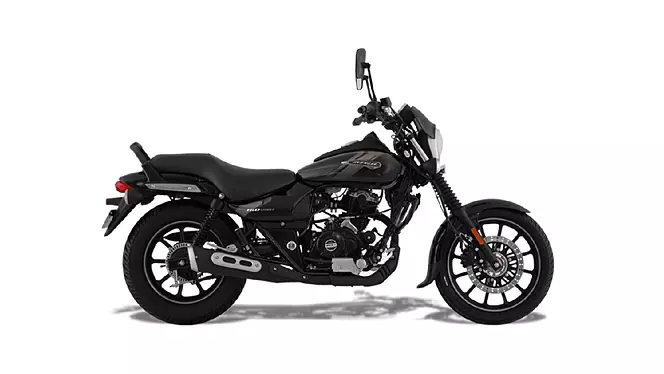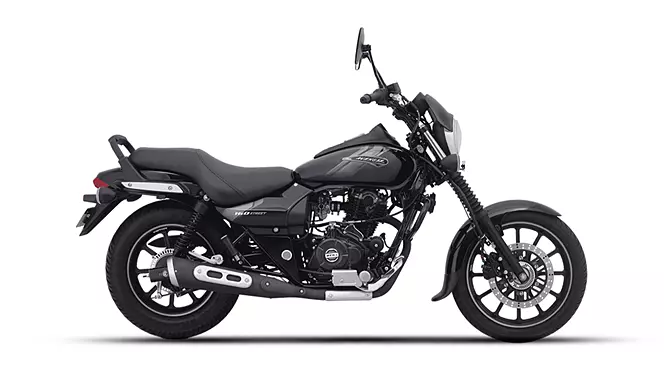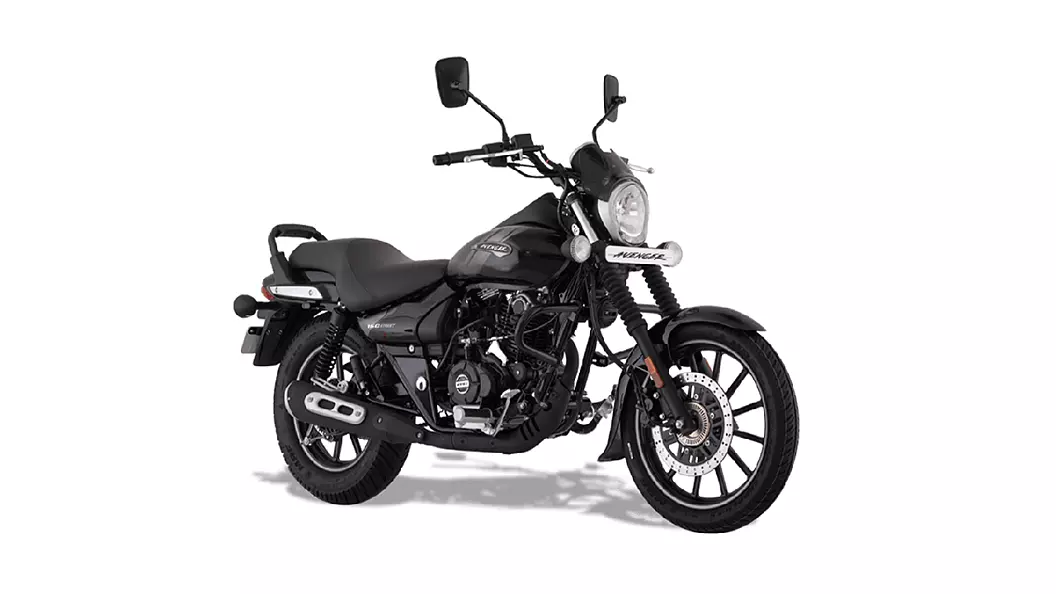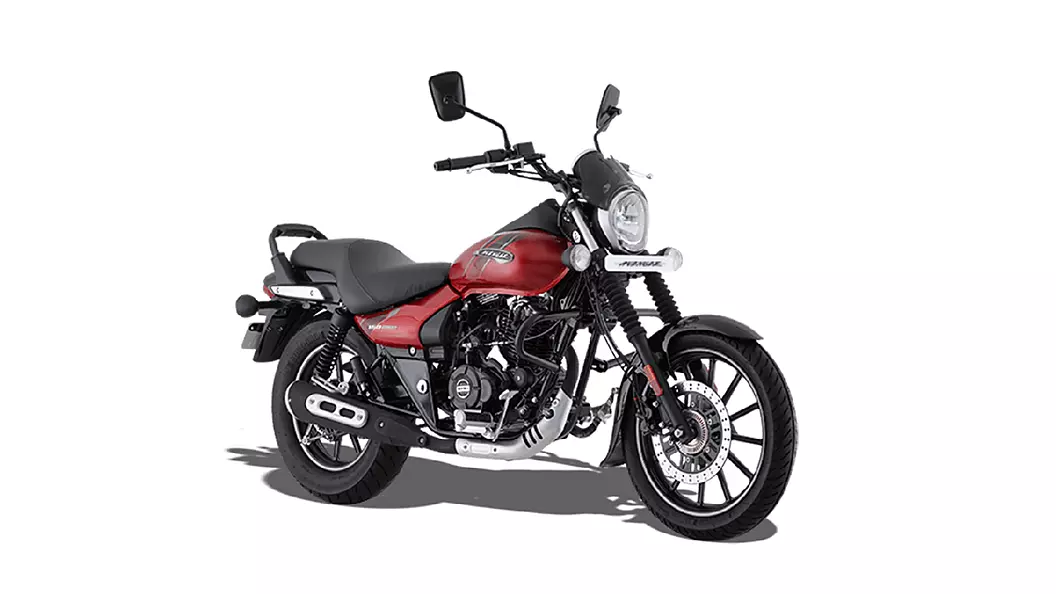Bajaj Avenger Street 160
Provide your contact details for Test Drive, EMI options, Offers & Exchange Benefits
Your details are safe with us and we only ask this once
| Variants | Ex-Showroom price |
|---|---|
Avenger Street 160 Standard160 cc, Petrol, Manual, 45 kmpl, |
₹ 1,15,143 |
Avenger Street 160 Key Highlights
Engine Capacity |
160 cc |
Mileage |
45 kmpl |
Transmission |
5 Speed Manual |
Kerb Weight |
156 kg |
Fuel Tank Capacity |
13 litres |
Seat Height |
737 mm |
Bajaj Avenger Street 160 Summary
Price: Bajaj Avenger Street 160 price for its variant – Avenger Street 160 Standard starts at Rs. 1,15,143. The mentioned Avenger Street 160 price is the average ex-showroom.
Bajaj Avenger Street 160 is a cruiser bike available in only 1 variant and 2 colours. The Bajaj Avenger Street 160 is powered by 160cc BS6 engine which develops a power of 14.79 bhp and a torque of 13.7 Nm. With front disc and rear drum brakes, Bajaj Avenger Street 160 comes up with anti-locking braking system. This Avenger Street 160 bike weighs 156 kg and has a fuel tank capacity of 13 liters.
The Avenger Street 160 is a city-oriented offering with a frugal engine, laidback seating ergonomics, and a low-slung, long-profile stance which is different from other sporty commuters in this segment.
On the design front, the Avenger 160 looks almost identical to the Avenger Street 220 that is discontinued now. With a full black bodywork, it exudes a custom cruiser vibe. Plus, the oval headlamp, teardrop-shaped fuel tank, curvy seat, and a long tail are all typical Avenger elements. As for the features, it gets an analogue instrument cluster with a tiny LCD, unlike its bigger sibling which sported a digital console. The headlamp and taillamp use LED units while the turn indicators are bulb-type. It misses out on other contemporary bits such as Bluetooth connectivity and a slipper clutch.
Powering the motorcycle is a 160cc, single-cylinder, air-cooled engine that comes mated to a five-speed gearbox. It produces 14.79bhp at 8,500rpm and 13.7Nm of torque at 7,000rpm. As for the hardware, it is equipped with telescopic forks at the front and twin shock absorbers at the rear. Braking is taken care of by a 230mm single disc up front equipped with single-channel ABS, while the rear continues to feature a 130mm drum brake. You can have the Avenger Street 160 in two colour options – black and red.
Bajaj Avenger Street 160 Review
- Good Things
- Comfortable riding position
- Engine has good mid-range
- Easily manageable due to light weight
- Could be Better
- Bumpy ride quality
- Vibey at higher revs
- Large turning radius
Bajaj Avenger Street 160 Expert Opinion
I don’t know about you, but I had to go back and read up to keep track of the number of iterations the Bajaj Avenger has gone through. Now, Bajaj says the consumers - who are mostly commuters - expected better fuel economy numbers from the 180. So the bike maker has brought in the 160 Avenger. And it says the new motorcycle strikes the right balance. But does it, really?
I don’t know about you, but I had to go back and read up to keep track of the number of iterations the Bajaj Avenger has gone through. And, that’s not bad because if nothing else, it keeps the product fresh. And with it, it prevents the sales numbers from tumbling so low that it might warrant the discontinuation of the model.
Now, the Avenger 220 has had a fairly consistent run. No flashes in the pan, and no real slump to talk about. The same, however, cannot be said about the smaller Avenger. The latter started with a 150cc engine. It was well priced and reasonably fuel efficient. But, it wasn’t powerful enough to justify the ‘cruiser’ tag. And so, in came the 180cc version to replace it.
When it comes to bodywork, fit and finish, paint quality, and the overall look and feel, the new Avenger is identical to the older one. So, the paint quality is good all round, the switchgear operation is crisp, the fit is even almost everywhere, and the chrome – whatever little there is – doesn’t look cheap at all.
The seating ergonomics are one of the reasons consumers buy the Avenger, apart from its design, of course. Many commuters – and tourers – believe the low seat, the forward set footpegs, and the wide and easy to reach handlebar will make for comfortable seating. And it does. For the most part at least.
Show it nicely surfaced roads and you’d be able to spend a considerable amount of time in the saddle without bother. Even in stop and go traffic, the footpegs aren’t that far forward to cause you to pull a thigh muscle after repeated peg-on-peg-off use. Plus, the pegs being ahead means there’s nothing to foul with the legs when leg-paddling in traffic.
The really new bit about the Avenger 160 is, of course, its engine. It is essentially the same unit as on the Pulsar NS160. It has the same bore and stroke and even the power output is nearly the same. It makes around 15bhp and a little over 13Nm, which incidentally is almost identical to what the 180cc Avenger made. Back to the NS160 engine, and the big difference between the two 160s is that the Avenger uses a two-valve head against a four-valve configuration on the NS.
On the road, the Avenger 160’s engine feels and sounds like the rest of its brethren. So, it’s loud. And once you are in the mid-range, the vibrations start coming in. Plus, the higher you rev the engine, the more the vibrations. Yes, it’s directly proportional. So much so in fact that close to its redline, a dot of light in the rear view mirror turns into a large circle, as if someone were light painting!
The Avenger is now old in the tooth. And it shows in the technology that the motorcycle has, or doesn’t. It gets single-channel ABS, of course, because it is mandated by law. But that apart, there’s nothing cutting edge about the motorcycle.
The cycle parts, be it the chassis or the suspension, are almost the same as it were in 2015. Or maybe before that. As I said, it’s not easy to keep track of all the Avengers. Also, the engine is still air cooled; the fuelling is still via a carburettor, and the instrumentation is as basic as it comes with just one trip meter as a value add.
One of the main reasons Bajaj has switched to the 160cc motor from the 180cc engine is to deliver better fuel economy. And on our city run, it returned a little over 48kmpl. Now, we know these figures aren’t great, especially for a 160cc motorcycle, but it is an improvement.
The idea behind the Avenger hasn’t been about ‘feeling like god’, as is widely conveyed. It’s more utilitarian than that. Especially, the Avenger 160. It’s about offering an easy to ride, affordable, and comfortable everyday commute centric motorcycle, which also has a healthy dose of aspiration. The latter has always come via styling for the Avenger series.
The Avenger 160 has its pluses. Like we mentioned earlier, it is easy to ride. It’s also accessible, then be it the low seat height, its relatively light weight, or its pricing. But, it’s not an exciting proposition to own anymore, not with its styling being at least half a decade old, and with nothing of note on the technology or newness front.
What we’d like to see now is a complete revamp of the design. We’d like to see LED lighting and a smart digital console. And of course, some new and relevant features which would make the Avenger desirable again.
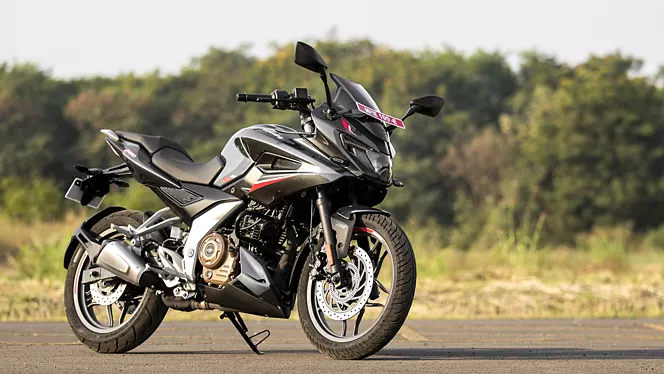
Bajaj Pulsar F250 |
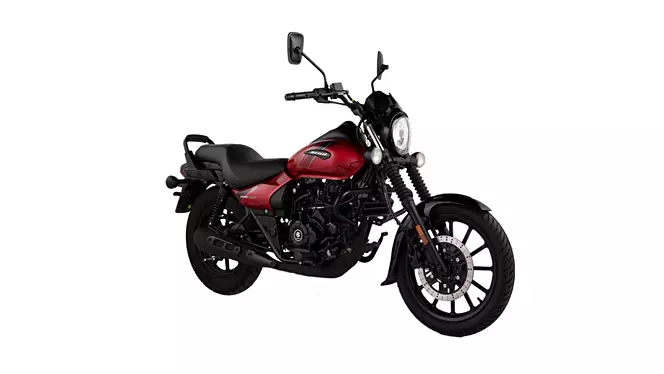
Bajaj Avenger Street 220 |
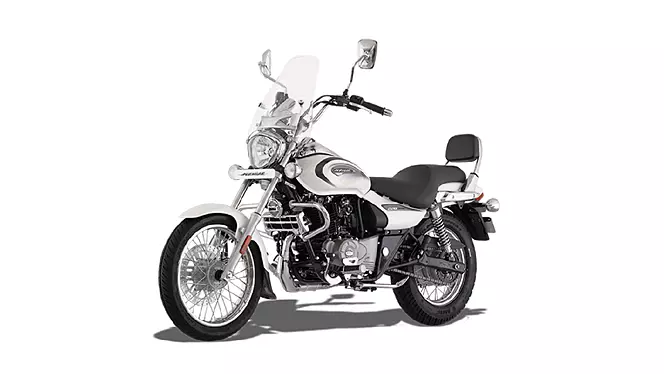
Bajaj Avenger Cruise 220 |
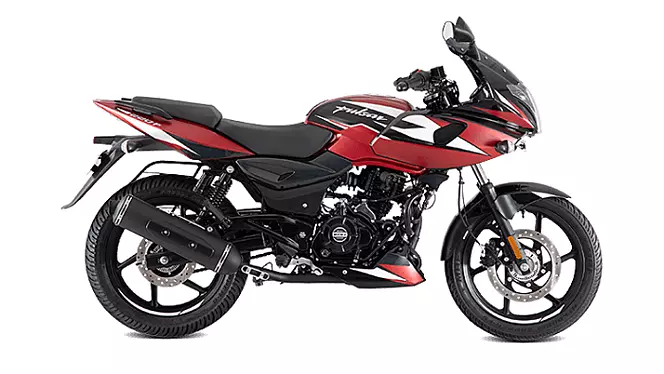
Bajaj Pulsar 220 F |
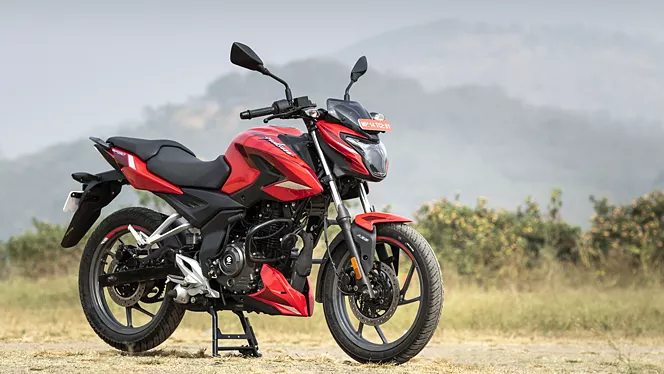
Bajaj Pulsar P150 |
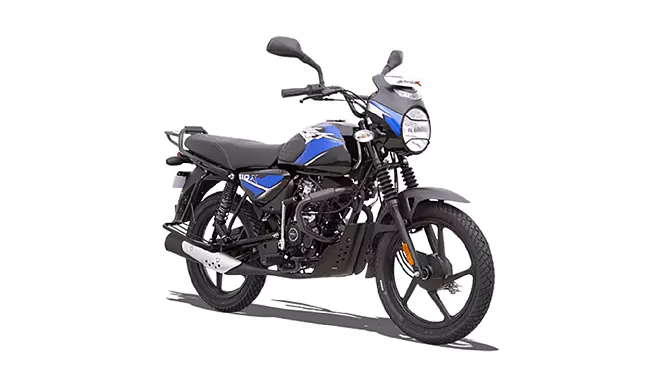
Bajaj CT 110 |
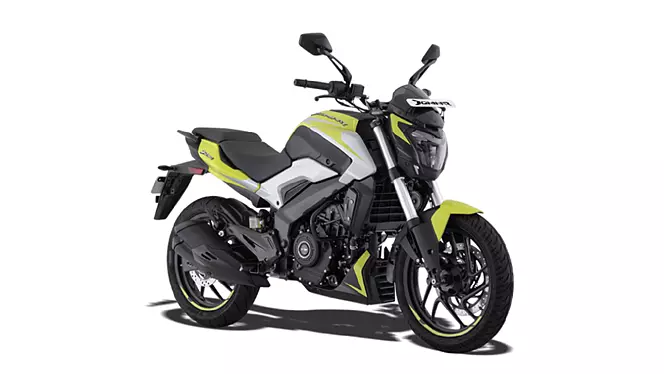
Bajaj Dominar 250 |
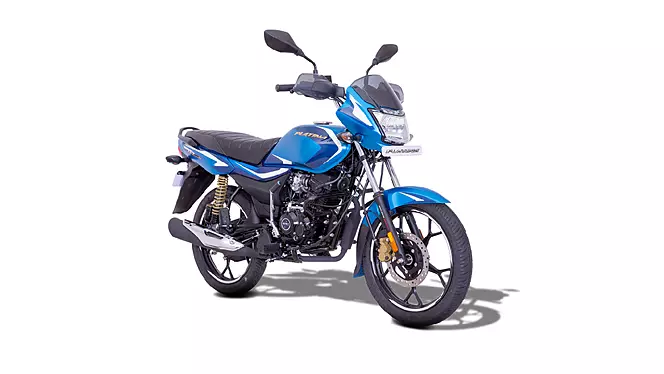
Bajaj Platina 110 |
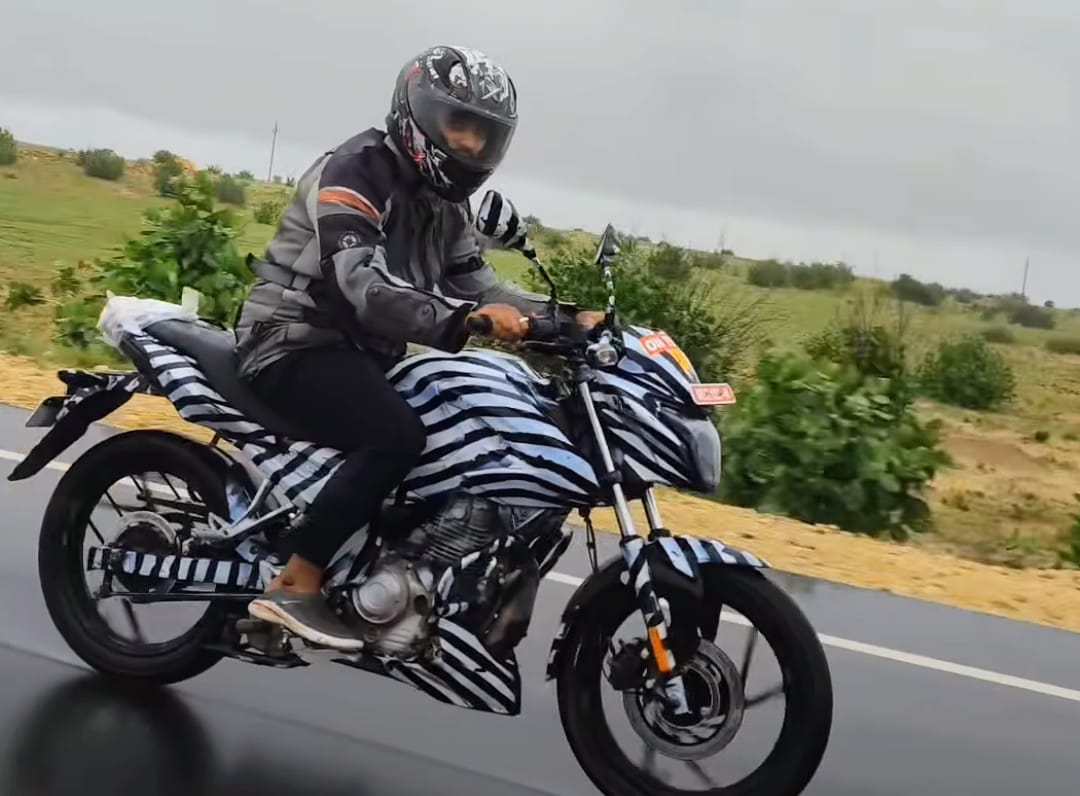
Bajaj Pulsar N125 |
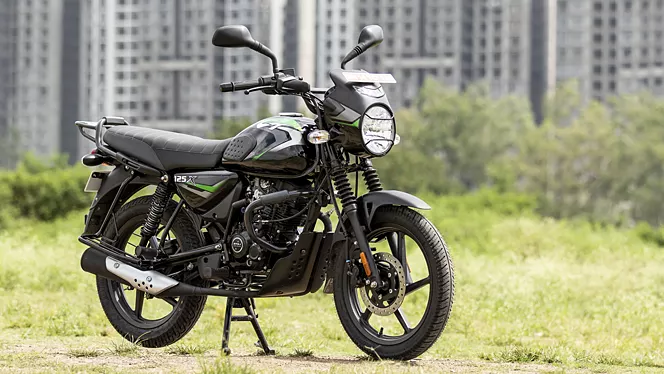
Bajaj CT 125X |
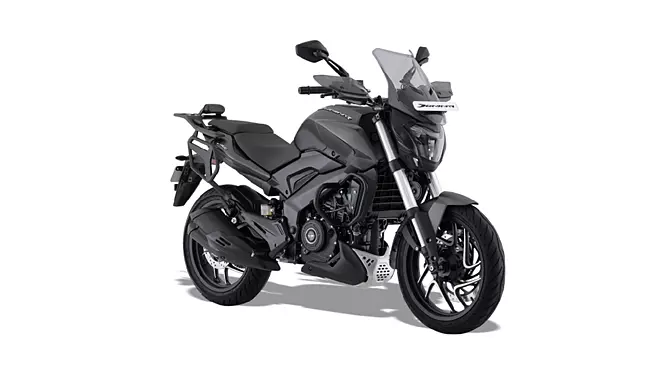
Bajaj Dominar 400 |
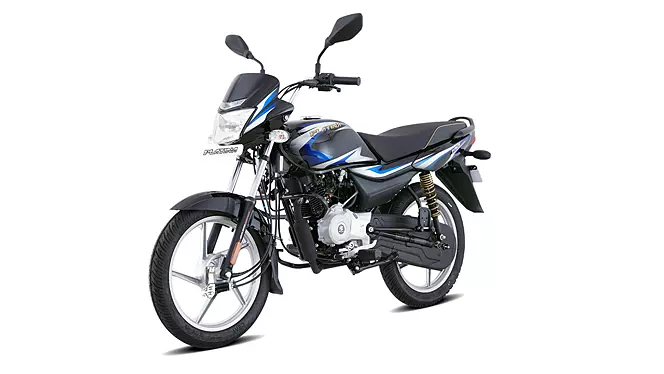
Bajaj Platina 100 |
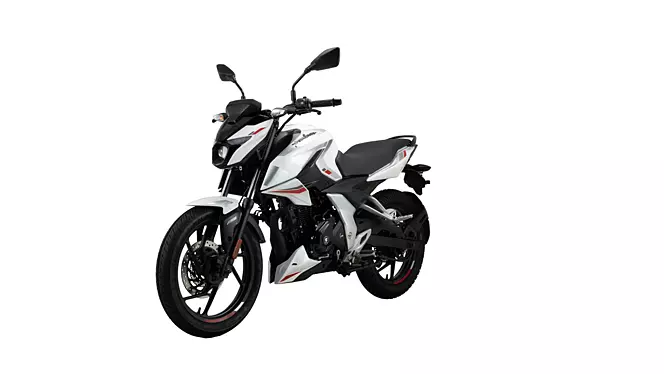
Bajaj Pulsar N150 |
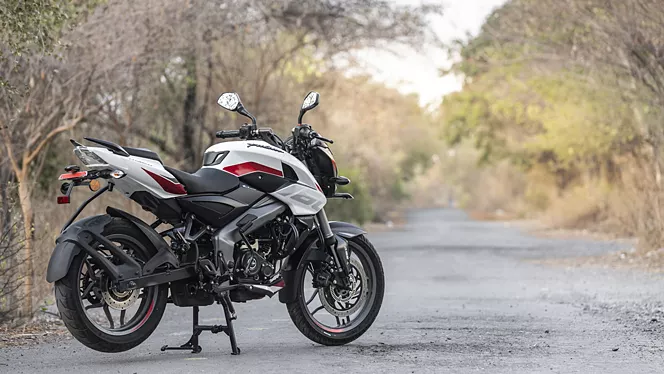
Bajaj Pulsar NS160 |
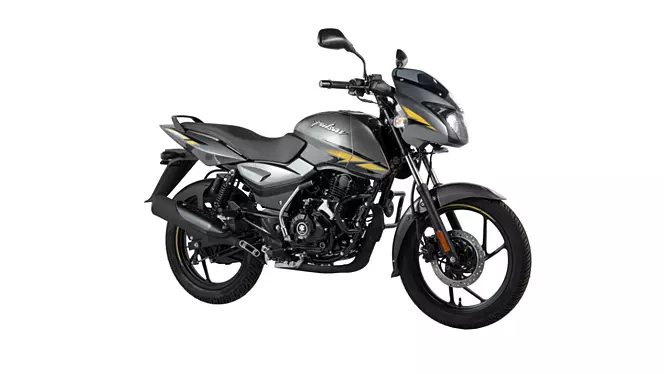
Bajaj Pulsar 125 |
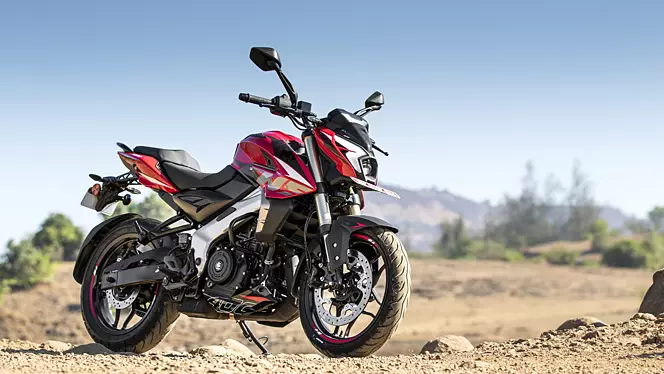
Bajaj Pulsar NS400Z |
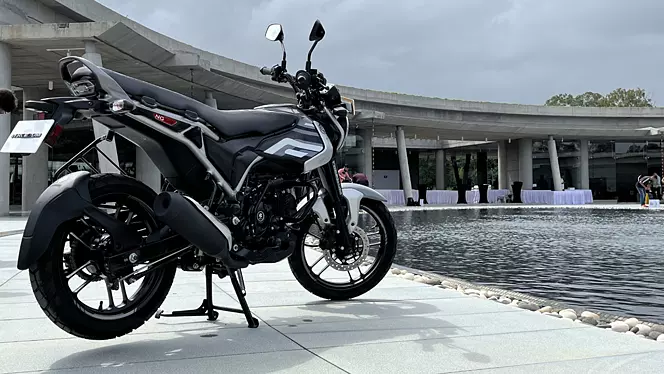
Bajaj Freedom |
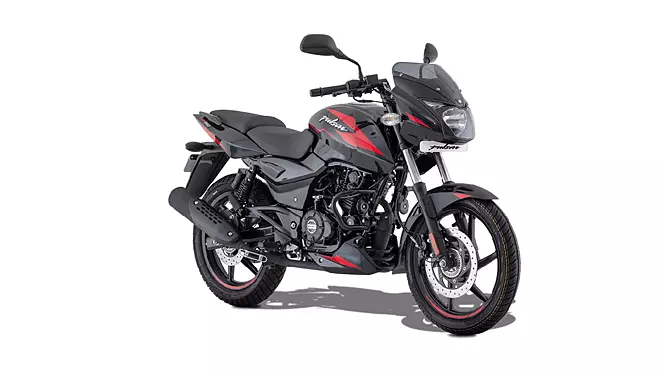
Bajaj Pulsar 150 |
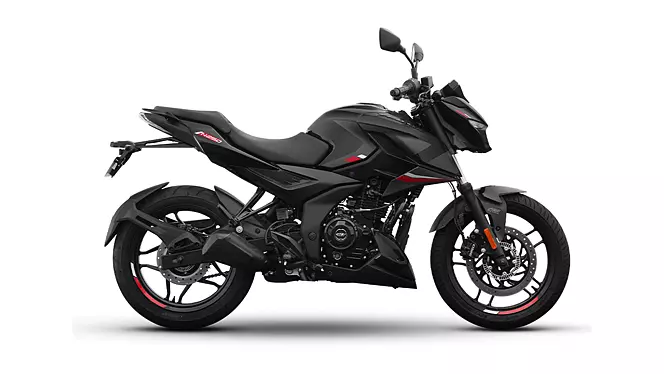
Bajaj Pulsar N250 |
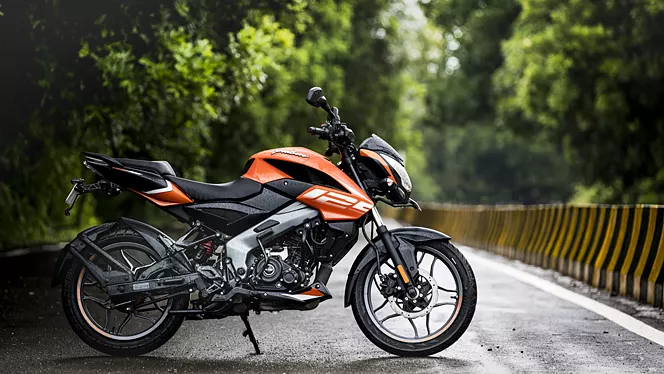
Bajaj Pulsar NS125 |
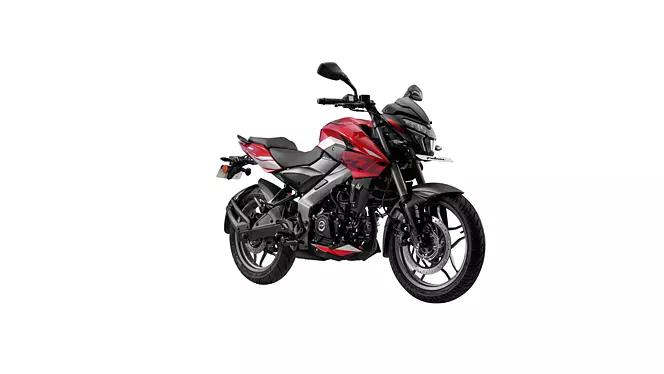
Bajaj Pulsar NS200 |
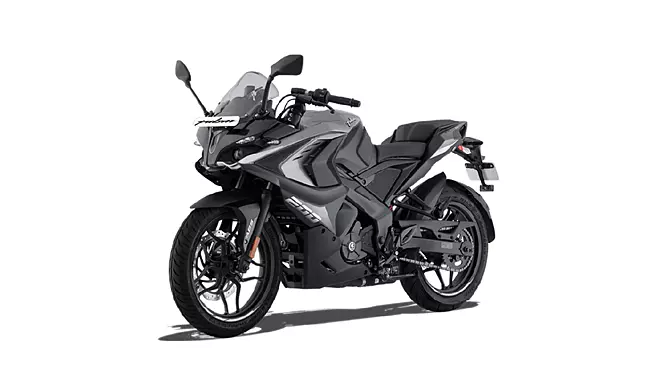
Bajaj Pulsar RS 200 |
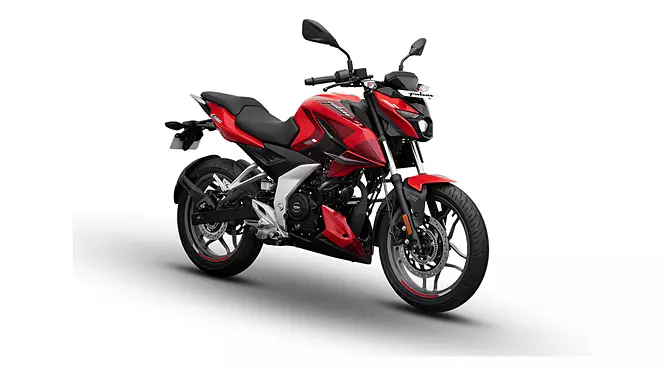
Bajaj Pulsar N160 |
|
|---|---|---|---|---|---|---|---|---|---|---|---|---|---|---|---|---|---|---|---|---|---|---|---|
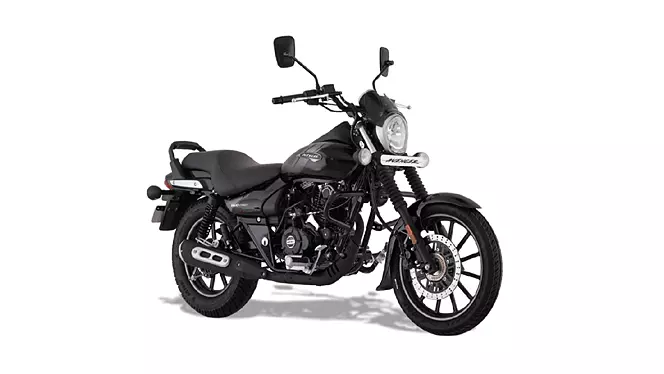
Bajaj Avenger Street 160 |
|||||||||||||||||||||||
| Avg. Ex-Showroom Price | Avg. Ex-Showroom Price | Avg. Ex-Showroom Price | Avg. Ex-Showroom Price | Avg. Ex-Showroom Price | Avg. Ex-Showroom Price | Avg. Ex-Showroom Price | Avg. Ex-Showroom Price | Avg. Ex-Showroom Price | Avg. Ex-Showroom Price | Avg. Ex-Showroom Price | Avg. Ex-Showroom Price | Avg. Ex-Showroom Price | Avg. Ex-Showroom Price | Avg. Ex-Showroom Price | Avg. Ex-Showroom Price | Avg. Ex-Showroom Price | Avg. Ex-Showroom Price | Avg. Ex-Showroom Price | Avg. Ex-Showroom Price | Avg. Ex-Showroom Price | Avg. Ex-Showroom Price | Avg. Ex-Showroom Price | Avg. Ex-Showroom Price |
| ₹ 1,15,143 | ₹ 1,50,606 | ₹ 1,44,039 | ₹ 1,44,737 | ₹ 1,39,119 | ₹ 1,17,191 | ₹ 68,014 | ₹ 1,79,318 | ₹ 68,634 | ₹ 90,000 - ₹ 1,00,000 | ₹ 73,640 | ₹ 2,25,246 | ₹ 61,617 | ₹ 1,18,470 | ₹ 1,24,612 | ₹ 85,850 | ₹ 1,81,101 | ₹ 95,000 | ₹ 1,12,064 | ₹ 1,50,571 | ₹ 1,04,338 | ₹ 1,42,060 | ₹ 1,72,250 Lakh Onwards | Rs. 1,22,959 Lakh Onwards |
| User Rating | User Rating | User Rating | User Rating | User Rating | User Rating | User Rating | User Rating | User Rating | User Rating | User Rating | User Rating | User Rating | User Rating | User Rating | User Rating | User Rating | User Rating | User Rating | User Rating | User Rating | User Rating | User Rating | User Rating |
| Engine (cc) | Engine (cc) | Engine (cc) | Engine (cc) | Engine (cc) | Engine (cc) | Engine (cc) | Engine (cc) | Engine (cc) | Engine (cc) | Engine (cc) | Engine (cc) | Engine (cc) | Engine (cc) | Engine (cc) | Engine (cc) | Engine (cc) | Engine (cc) | Engine (cc) | Engine (cc) | Engine (cc) | Engine (cc) | Engine (cc) | Engine (cc) |
| 160 | 249 | 220 to 249 | 220 to 249 | 220 | 149.68 to 220 | 115.45 to 220 | 220 to 248.8 | 115.45 | 115.45 | 115.45 to 124.4 | 115.45 to 373.3 | 102 to 115.45 | 115.45 to 149.68 | 160.3 | 124.4 | 124.4 to 373 | 124.4 to 125 | 124.4 to 149.5 | 124.4 to 249 | 124.4 to 149.5 | 124.4 to 199.5 | to 199.5 | to 124.4 |
| Fuel Type | Fuel Type | Fuel Type | Fuel Type | Fuel Type | Fuel Type | Fuel Type | Fuel Type | Fuel Type | Fuel Type | Fuel Type | Fuel Type | Fuel Type | Fuel Type | Fuel Type | Fuel Type | Fuel Type | Fuel Type | Fuel Type | Fuel Type | Fuel Type | Fuel Type | Fuel Type | Fuel Type |
| Petrol | Petrol | Petrol | Petrol | Petrol | Petrol | Petrol | Petrol | Petrol | Petrol | Petrol | Petrol | Petrol | Petrol | Petrol | Petrol | Petrol | Petrol, CNG | Petrol, CNG | Petrol, CNG | Petrol, CNG | Petrol, CNG | Petrol, CNG | Petrol, CNG |
Bajaj Avenger Street 160 Colours
Bajaj Avenger Street 160 is available in the following colours in India.
Bajaj Avenger Street 160 Expert Reviews
Bajaj Avenger 160 Street Road Test Review
Bajaj Avenger Street 160 Video
bajaj avenger 160 street 2023 price mileage features new update full review In hindi
Bajaj Avenger Street 160 FAQs
The 2024 on-road price of Bajaj Avenger Street 160 in Delhi is Rs. 1,43,341. This Bajaj Avenger Street 160 price includes the ex-showroom price, RTO and insurance charges.
According to the user reported data, Bajaj Avenger Street 160 gives an average mileage of 45 kmpl.
Bajaj Avenger Street 160 is priced at Rs. 1,15,143, has a 160 cc 5 Speed Manual engine, gives a mileage of 45 kmpl and weighs 156 kg, whereas, the price of Bajaj Avenger Cruise 220 is Rs. 1,44,737 with a 220 cc engine, giving a mileage of 40 kmpl and weighing 163 kg.
Bajaj Avenger Street 160 is available in 2 colours which are Spicy Red and Ebony Black.
Bajaj Avenger Street 160 is a Cruiser bike that weighs 156 kg, has a 160 cc BS6 Phase 2 engine and a fuel capacity of 13 litres.

